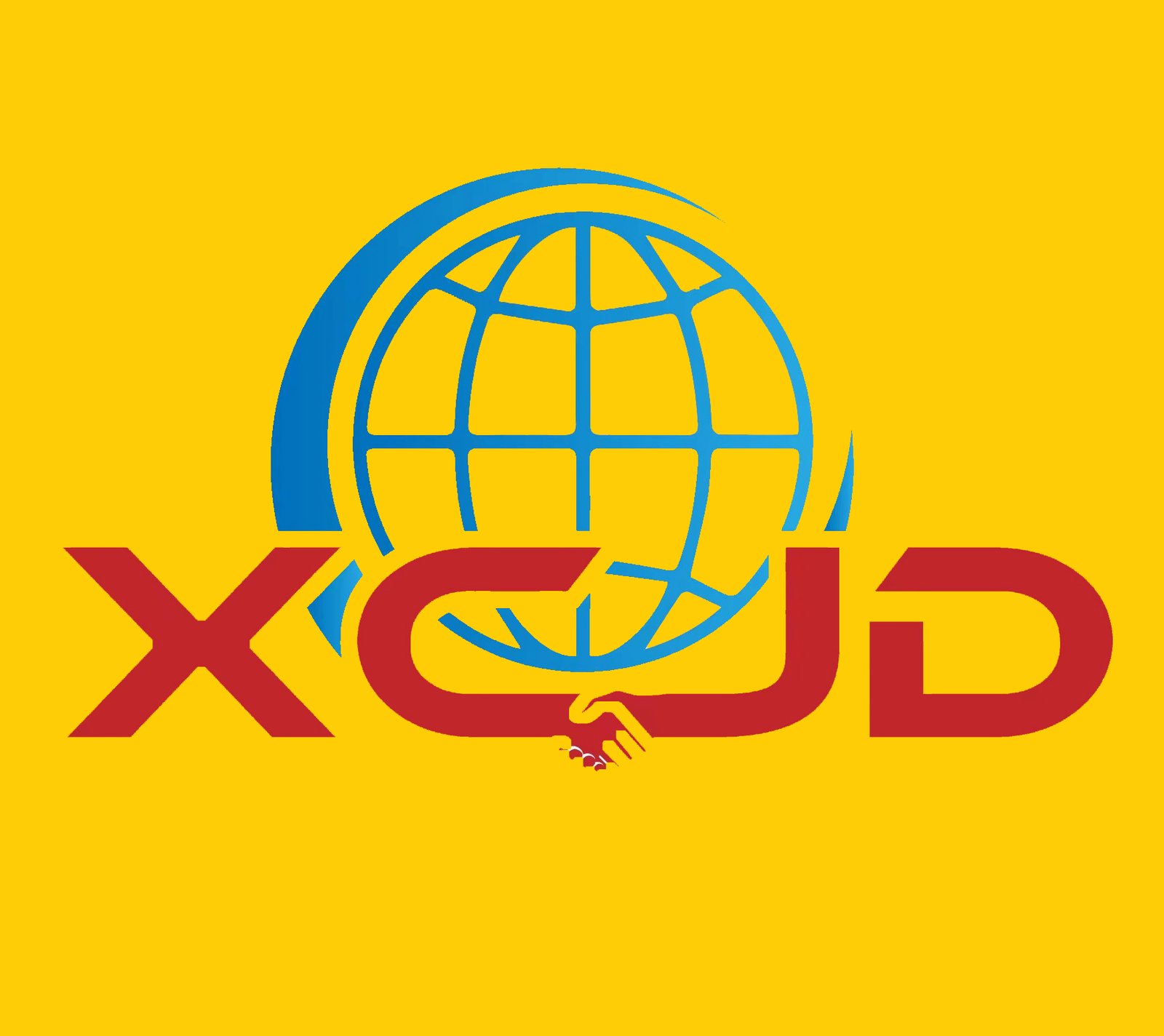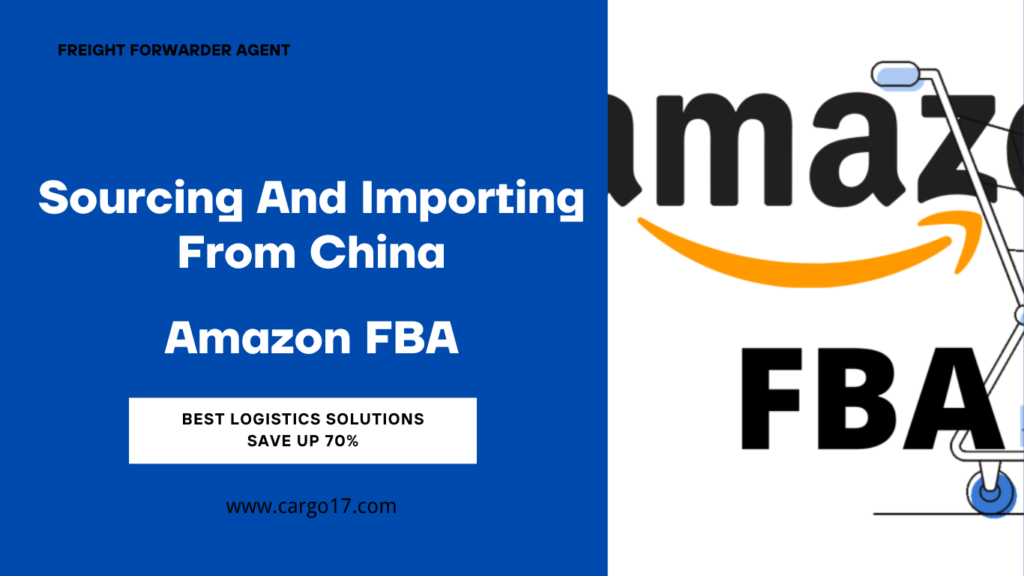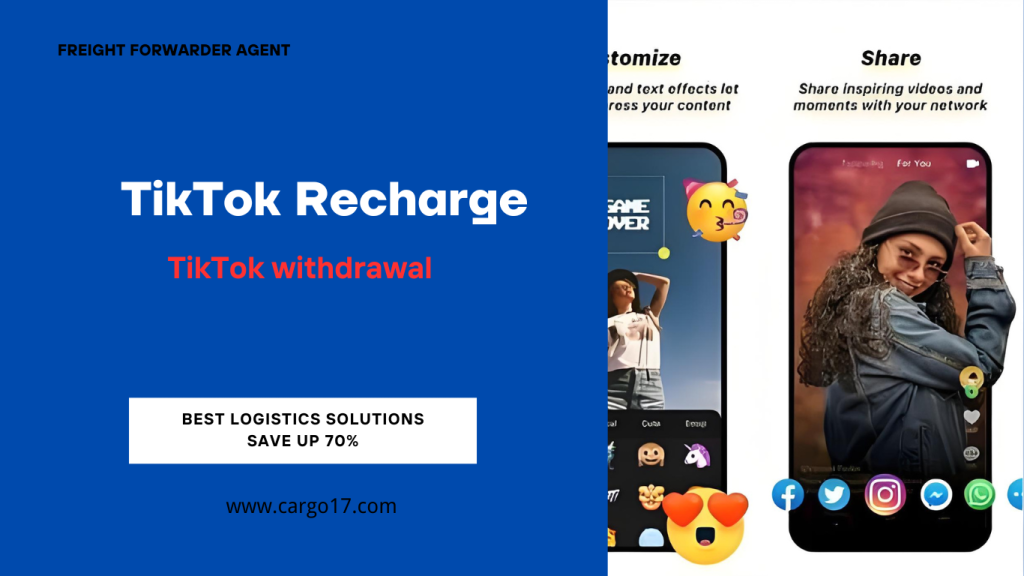Discover top strategies for sourcing and importing products from China for Amazon FBA success. Expert tips, guides, and resources to boost your business.
The Ultimate Guide to Sourcing and Importing from China for Amazon FBA Success
What is Amazon FBA
Amazon FBA definition:
Numerous individuals possess Pro Amazon seller accounts, enabling them to send their inventory to Amazon FBA. Upon receipt, Amazon will designate the seller’s product as prime eligible. Subsequently, the product will be stored until it is ready to be dispatched to the customer. Amazon will handle the packaging, shipping, and offer exceptional customer service. Additionally, a refund and return management system is in place for every order.
Fulfillment by Amazon (FBA):
The primary objective of this specialized program is to enhance sales for the renowned E-commerce giant Amazon, which was established in September 2006. With a global presence, Amazon operates approximately 185 warehouses across the world.
These warehouse services are utilized by Pro Amazon Seller account holders. They conveniently send their products to the nearest Amazon FBA warehouse, where the management of each order is efficiently handled through Fulfillment by Amazon.
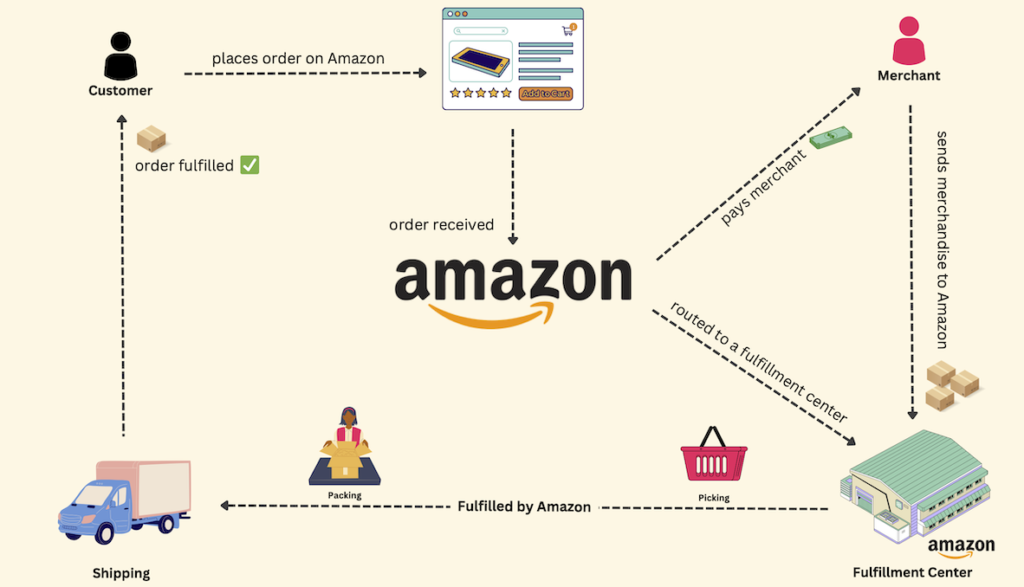
Amazon FBA for beginners:
Amazon FBA boasts approximately 300 million active customers, making it an incredibly lucrative platform for beginners. By simply creating a Pro Amazon seller account, one can swiftly sell products under the renowned Amazon brand. Additionally, while there are monthly fees and selling fees associated with this program, the barriers to entry are minimal, allowing beginners to dive into the world of e-commerce with ease.
Amazon FBA VS FBM:
After comprehending the expenses and techniques involved, individuals have the freedom to select any of the fulfillment options offered by Amazon. It is crucial to consider the nature of the products being sold, formulate a solid plan, and assess one’s execution capabilities.
For those seeking to ship large items at a reduced cost and sell distinctive products, while also desiring to showcase the prime badge and maintain a professional approach, the Fulfillment by Merchandise program is the ideal solution.
On the other hand, if one is devoted to the brand, prioritizes investing time in business growth rather than customer management, aims for higher sales, and specializes in selling everyday items of smaller proportions, then Fulfillment by Amazon proves to be the optimal choice for them.
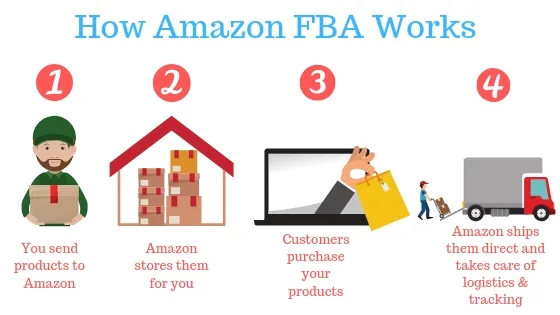
Drop-Shipping vs Amazon FBA:
One of the primary obstacles that an E-commerce seller encounters is deciding whether to deliver their product directly to the customer or utilize fulfillment programs. This dilemma has become even more pressing with Amazon’s promise of expedited shipping, prompting sellers to reevaluate their choices.
In dropshipping through a third-party, excluding Amazon, the seller is responsible for product selection, storage, packaging, and shipping. Additionally, they must handle returns and customer management themselves.
If an order is placed through Amazon Prime, the seller must dispatch the product to the customer within one day. However, if the order is not through Amazon Prime, the seller may have more time to ship the product. Amazon will promptly notify the seller upon receiving an order.
Alternatively, a seller can opt for Amazon’s drop shipping policy. To do so, they must complete certain paperwork and agreements. Amazon will only accept products for dropshipping if the seller is the manufacturer or retailer, and the seller’s name must be listed in all relevant places.
For sellers who prefer to focus solely on selling their products with minimal effort, utilizing Amazon FBA is the ideal choice. By leveraging Amazon’s platform, the seller can delegate all other tasks to Amazon.
Pros and Cons of Amazon FBA
Fulfillment by Amazon is an alluring program for many E-commerce sellers. However, there are many advantages and disadvantages associated with it. They are listed below.
Pros of FBA:
- A seller will have the extra benefit of attracting loyal customers of Amazon. These are the potential buys that sellers can easily grab simply by working under Amazon’s brand name.
- All the logistic support will come from Amazon.
- The seller can offer worldwide shipping to its customer, hence, the business of one’s can run anywhere in the world.
- The shipping costs will be less for using Amazon’s platform.
- If the product gets damaged while shipping, the refund policy, and customer management will be conducted by Amazon.
Cons of FBA:
- Packaging policies for Amazon FBA are strict, moreover, the logo of the seller’s brand will not be visible there.
- One has to pay more monthly fees than the commission they get from Amazon.
- Extra fees have to be paid in the case of the removal of damaged or defective products, and the fees fluctuate very often.
- Sometimes for lost products, the refunding procedure is quite tricky, one has to open a new case for refunds.
- As Amazon FBA products are mostly purchased by prime users, the prime users have higher return rates than others and it is a very easy process.
- The branding of the product by the seller is also limited.
How Does Amazon FBA Work
There are numerous seller central stores on Amazon where customers place orders for products. Subsequently, Amazon informs the seller regarding the order. Once the products are prepared, Amazon collects, packages, stores (if necessary), and ultimately delivers them to the customers. It is important to highlight that Amazon Prime products must be shipped within 2 days.
Is FBA still profitable?
Amazon’s FBA profit is exceptionally high, prompting the question of whether FBA remains a profitable venture. Upon examining Amazon’s sales, it becomes evident that it holds a significant 50% share of online sales, with a substantial portion stemming from its diverse fulfillment programs. In such a scenario, if your product possesses potential, you possess adeptness in establishing a profile, and you are dedicated to the growth of your business, FBA proves to be a lucrative choice. Notably, Amazon’s robust network ensures reliable and timely delivery, setting it apart from other online selling platforms grappling with shipment issues.
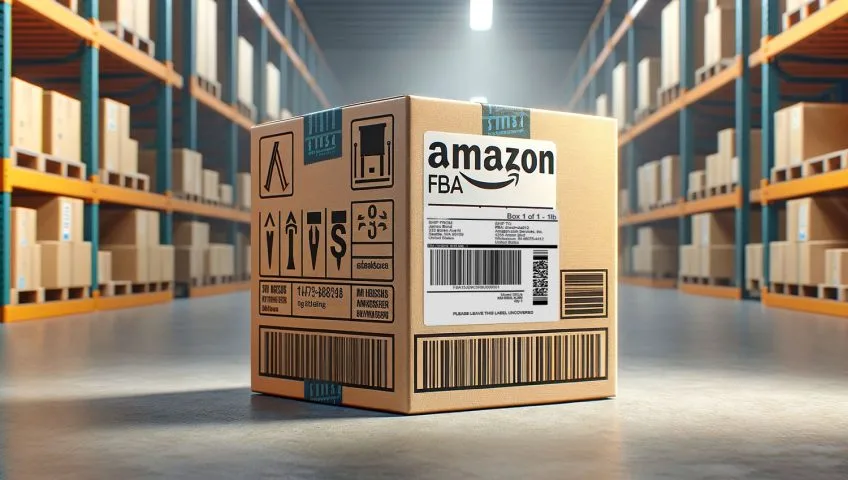
Who should use Amazon FBA
Although Amazon FBA seems to be a lucrative business opportunity, it is not for everyone. People who are looking for selling at least 40 items per month should go for Amazon FBA. Unless that is, investing in an FBA account and giving time will not be a smart choice. For smaller amounts, there won’t be much profit left for you after Amazon.
What to sell on Amazon FBA
All the products do not sell equally, nor people are interested to buy all kinds of products online.
There are many things at which people give good notice before buying. Therefore, by keeping these things in mind one must select the type of products they will sell. To understand the type should look at the following things.
- There is a wide range of products available on Amazon, with some experiencing significant sales while others struggle to make any sales at all. It is crucial for sellers to choose products that are consistently selling at least 300 units per month, which translates to an average of 10 sales per day. Opting for such products ensures a steady stream of income for the seller, allowing them to reinvest in their business and foster growth.
- Certain products are oversaturated in the market, making it challenging for sellers to stand out and maintain profitability. When a product becomes too common, buyers often prioritize price over quality, leading to fierce competition among sellers. In such cases, sellers who prioritize quality may find it difficult to thrive in the market.
- Excessive reviews for a product can overwhelm potential customers, making it hard for them to extract relevant information. Research indicates that products with fewer than 200 reviews are easier for consumers to evaluate, aiding them in making informed purchase decisions. Reviews play a significant role in shaping consumer perceptions, underscoring the importance of sellers assessing a product’s review section before deciding to sell it.
- One of the challenges of online shopping is the higher shipping costs associated with heavier products. This weight-based shipping charge can impact a seller’s profit margins, making it essential for sellers to consider the weight of a product before listing it for sale.
Occasionally, the shipping fee surpasses the actual price of the item, particularly when importing goods from China. Hence, if the weight of the product is below 5 pounds, purchasing it online would be advantageous for the buyer.
How to start an Amazon FBA business
Starting an Amazon FBA business is an ideal option for beginners who want to focus on growing their business while minimizing their management responsibilities. However, there are several important steps to follow when embarking on this venture. The key points that need to be carefully considered before starting an Amazon FBA business are outlined below:
1. Select Your First Product Online shoppers tend to purchase items that they may hesitate to buy from physical stores. Additionally, exclusive and lightweight products are popular choices on e-commerce platforms. It is important to consider the demand for a product and the number of competitors selling it before making a decision.
2. Determine Your Budget The average initial capital for an Amazon FBA business ranges from $3000 to $4000. If you have this budget, you can be considered a potential investor. However, if your budget is limited, you can reinvest your initial profits to grow your business. Alternatively, you can invest in an existing business if starting from scratch is not feasible.
3. Find a Reliable Supplier If you are not the manufacturer of the product, you need to find a trustworthy supplier from whom you can purchase and resell products on Amazon. It is crucial to ensure that the supplier delivers products on time. If you are the manufacturer, you should focus on finding a reliable supplier for raw materials.
4. Choose Your Shipping Method Depending on the nature of your business, you can opt for different shipping methods. You can use drop shipping, where a third-party shipper handles the logistics. Alternatively, you can utilize Amazon as the third-party shipper. Lastly, you can take advantage of Amazon FBA to handle the shipping process. Traditional shipping options such as air, rail, and sea freight are also available.
5. Create an Amazon Seller Account To create an Amazon seller account, you will need a valid ID, a credit card, and the necessary tax information. With these requirements, you can create an Amazon ID within three days. Once your account is set up, you can start selling your products on the platform.
By following these steps, you can establish a successful Amazon FBA business and focus on its growth while minimizing your managerial workload.
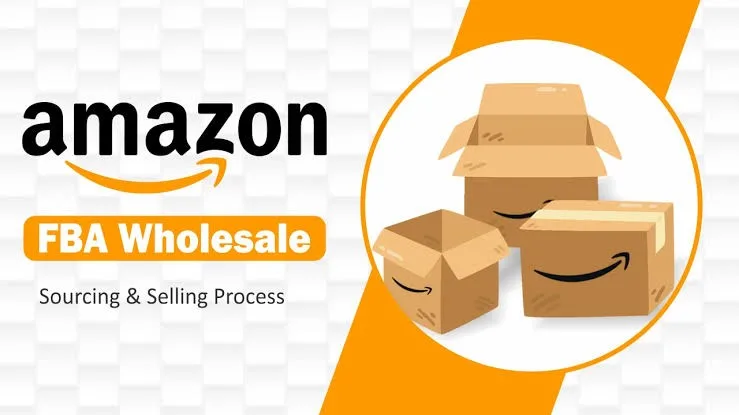
How to Find Products to Sell on Amazon FBA
Now as someone wants to sell a product on the online giant retailer Amazon, the next question that comes to mind is how one is going to find products to sell on Amazon.
- Pinterest is a highly popular online platform for exploring ideas. Upon registration, users are provided with a personal board where they can save and organize their preferred items. The popularity of a product, brand, or concept is determined by the number of times it is pinned, indicating its trendiness. Additionally, Pinterest allows users to discover trending items and make product selections accordingly. If a trending product is not available on Amazon, this can be advantageous for sellers as they can receive a positive response from buyers with minimal effort.
- Visit Amazon’s top-selling page: Amazon offers a convenient feature in the form of a bestseller page, showcasing the most popular items available for purchase. Prior to launching a business, a seller can navigate to this page, select their preferred category of products to sell – whether it be technological gadgets, books, stationery supplies, and more. They can further narrow down their search by exploring subcategories and ultimately choose the specific products they wish to offer. It is important for a seller not to be swayed solely by the items displayed on the bestseller page; instead, they should assess the product’s annual sales figures rather than focusing solely on current sales before making a decision.
- Please refer to Amazon’s trend report to identify the most popular items among buyers and trending products on Amazon’s bestseller page. By clicking on the trend report pages, you can access more information about the items featured in the trending list. It is advisable to visit the trending list multiple times before making a final decision on the products you intend to sell, as trends may change over time.
- Utilize a product research tool: Numerous software options are available for maintaining product databases based on specific criteria. One such tool is the AMZScout product database. With this tool, you can customize your search by selecting the desired range of products, their size, the number of reviews, and various other factors. By applying these criteria, you will be able to identify products that meet your specific requirements. For instance, if you intend to sell products priced between 200-300 dollars, weighing no more than 5 pounds, and with a size of your choice, while also having been reviewed by over 300 people, you can input these filters in the website’s search option and compile a list of potential products for selling. The standout feature of this website is its ability to provide monthly updates based on your selected filters.
- To gain a foothold in the market from the outset, it is essential to explore alternative marketplaces. In order to comprehend the market, conducting thorough and intelligent research is imperative. This research must be both purposeful and astute.
To gain a comprehensive understanding of the products that are predominantly sold online, it is advisable to conduct a thorough search across various renowned e-commerce platforms. Instead of solely focusing on your chosen website for selling products, exploring the offerings of major e-commerce giants will provide valuable insights into the overall market. This approach may even lead to the discovery of trending products on other platforms that are not available on Amazon. Armed with this knowledge, you can confidently select the products you intend to sell, increasing your chances of success.
How to ship to Amazon FBA from China
When sending your valuable merchandise from China to Amazon FBA, it is advisable to utilize the services of a reliable and well-established agency. Opting for a reputable Amazon FBA freight forwarder, who specializes in this area, is the most recommended course of action. Additionally, this approach can result in significant cost savings when compared to destination-based service providers. By adhering to these simple guidelines, the process of shipping to Amazon FBA from China can be streamlined.
Choose the right shipping method
Shipping is the final stage of the supply chain process. However, it holds immense importance as the product traverses various borders and customs. When deciding to ship your goods to Amazon FBA, it is crucial to choose a shipping method that not only ensures safety and speed but also meets the specific requirements of Amazon FBA shipping. Therefore, we advise you to carefully consider every minute detail that could potentially impact your shipment. Here are several options to consider:
- Express freight shipping from China to Amazon: Express shipping is renowned for its speed, making it an excellent choice for shipments with a volume under 1 CBM and a gross weight under 200 kilograms. Express shipping can be further categorized as air express or sea express, with air express being the fastest method.
- FBA air shipping from China to Amazon: For cargo weighing over 200 kilograms or 2 CBM, air freights are recommended. Compared to sea freight shipping, air freights require less time, making them a viable option for shipping to Amazon FBA.
Sea freight shipping from China to Amazon: In terms of cost, sea freight is the best option as it costs the lowest. It is the best option for products over 2 CBM or 400 kilograms. Ocean freights or sea freights can be of two types: FCL shipping from China to Amazon FBA and LCL shipping from China to Amazon FBA. FCL stands for Full Container Load, and LCL stands for Less than Container Load. Based on the volume of the cargo, the type of shipment will vary. There are some other methods of shipping that you might consider:
- FBA Dropshipping
- FBA DDP Shipping
- Alibaba Amazon FBA
- Aliexpress Amazon FBA
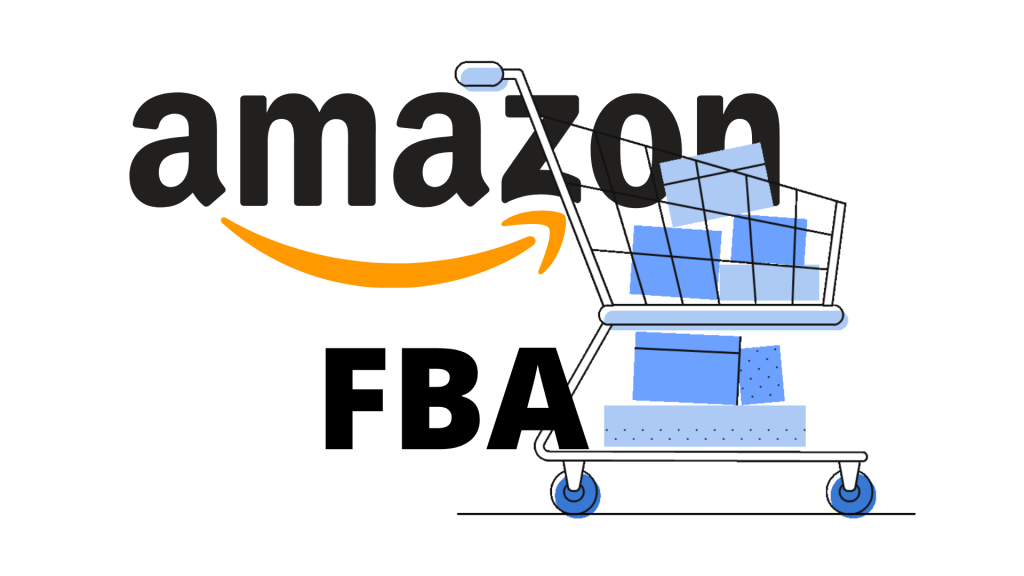
Contact a Freight Forwarder Based in China
Certain businesses experience failure due to their dependence on suppliers for the shipment process. Nevertheless, it is crucial to comprehend that suppliers solely focus on producing the item and assisting with its export from China. Frequently, they lack knowledge regarding the shipping terms from China to Amazon FBA service in your intended location. Hence, it is advisable to establish communication with a reliable freight forwarder situated in China to ensure timely and flawless shipment of your products.
Running quality inspection on goods
Once the goods are shipped from China, you cannot inspect their quality until they reach the Amazon FBA warehouses.
Therefore, it is better if you inspect the quality when the product is still at the warehouse.
To learn more about sourcing from and shipping from China, please contact us. We provide a list of products with high profit margins for you to choose from, and help you select high-quality suppliers and complete full logistics services, including warehousing, transportation, customs clearance, and door-to-door delivery.
